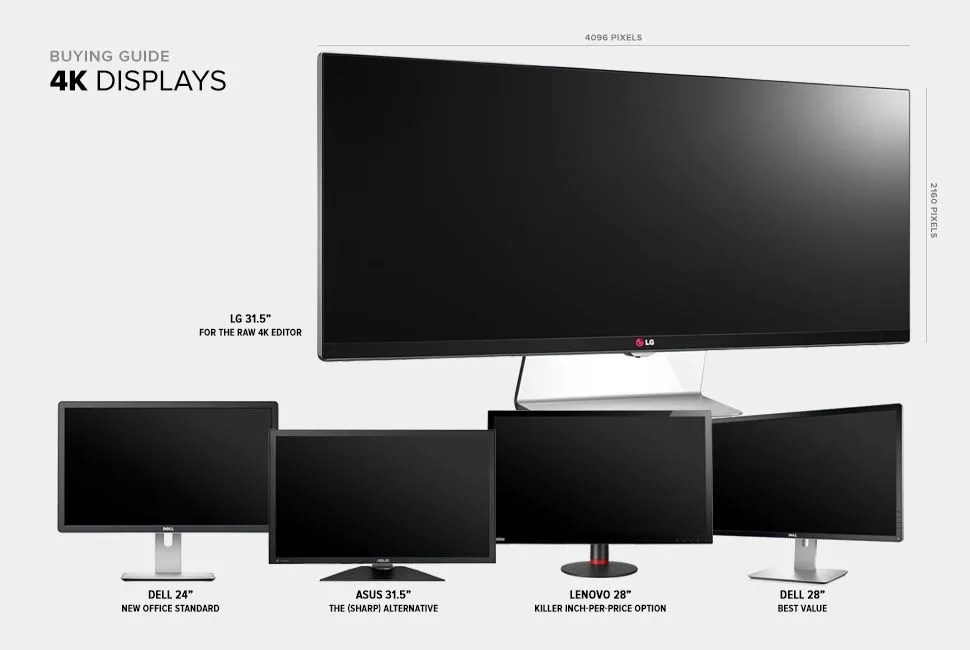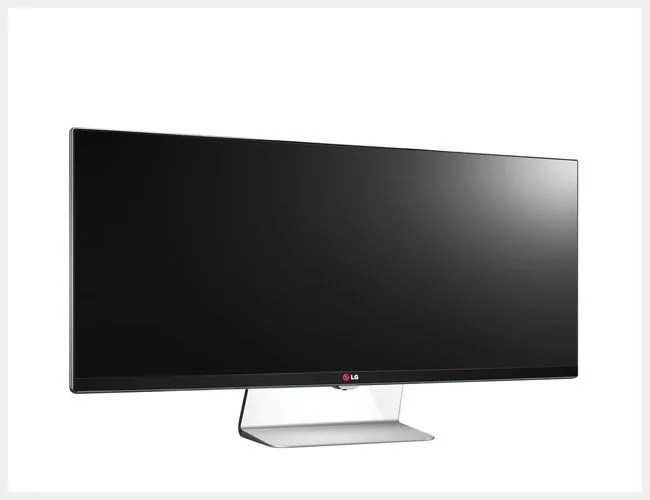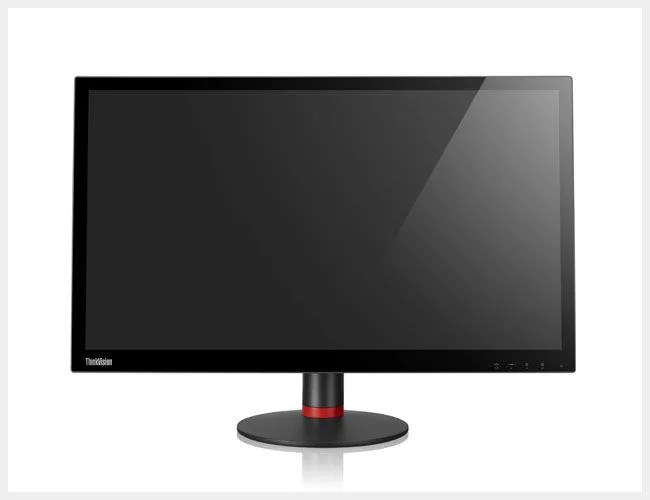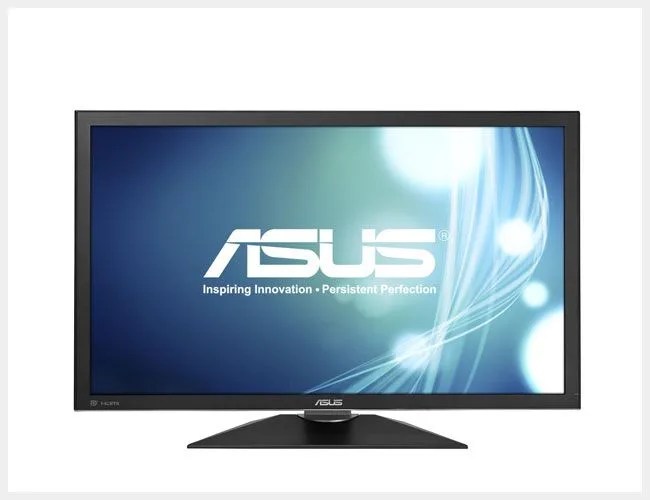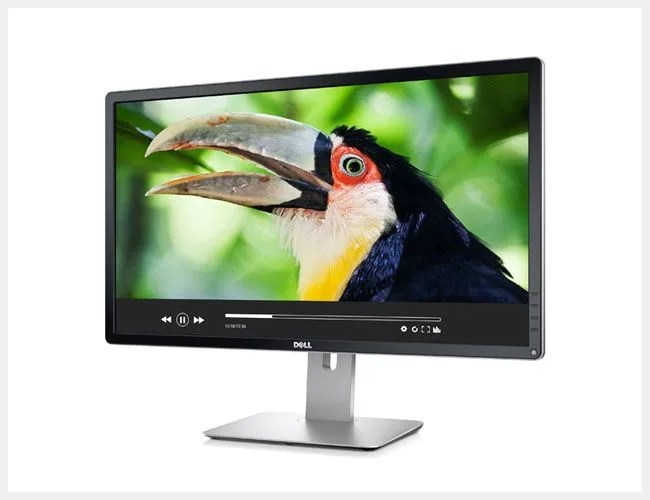4K is a slightly murky, slightly arbitrary term that is universal shorthand for the next big step in high definition. Whereas 1080p, the reigning king of crisp picture, refers to the vertical dimension of a screen, 4K refers to the horizontal dimension…sort of. We say “sort of” because the horizontal dimension of the six standardized resolutions dubbed 4K varies anywhere between 3,840 and 5,120 pixels and is never exactly 4,000. A more fitting description that keeps in line with the old 480, 720 and 1080 naming conventions would be 2160p, but that doesn’t sound as cool, does it?
GET MORE SAVVY Testing The Xbox One | Pro Gaming Hits the Main Stage | Coverage From CES 2014
So, now that we haven’t really cleared that up, let’s move on. 4K is already well into its high-def junta, and though there hasn’t been much content released in the format so far, that seems to be changing. Apple’s recent introduction of the Mac Pro, one of the first computers made specifically with 4K video display and editing in mind, was a big step for the format; so was Netflix’s recent announcement that House of Cards season 2 will stream in 4k to specific devices. Another issue that 4K is quickly overcoming is price (a running theme in cutting-edge tech). For the past few years 4k has been the HD plaything of those with too much money, now — and especially as of this years CES show — prices are beginning to tumble from their 4-digit perches and are finally arriving at figures that the average consumer or budget pro can afford.
Now that the content is beginning to arrive and prices are right, it’s time for consumers and video professionals to use 4K monitors. A whole crop of 4K displays have been announced by all the big names in electronics (save for one…we’re waiting on you, Cupertino), and the variety combined with esoteric naming conventions (seriously, can we stop naming computer monitors after license plates? This writer will wholeheartedly endorse any monitor called “Enforcer” or “Falcon” introduced in 2014) can lead any well-minded consumer to bouts of madness. We’re here to help. Here are our five favorites.
24-inch Dell Ultrasharp Monitor
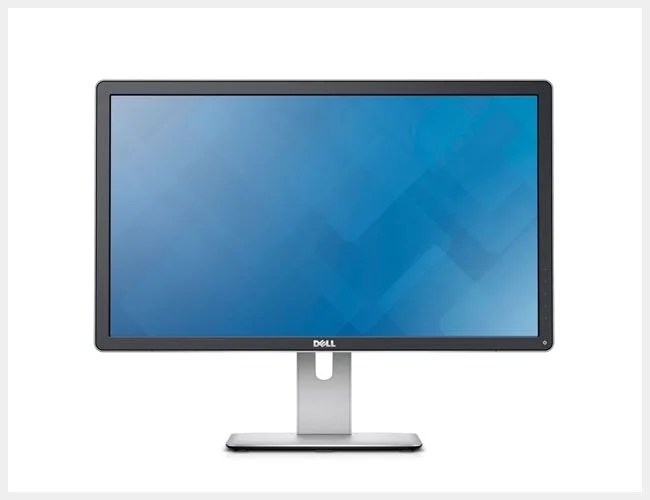
Best New Office Standard 4K Display: One of Dell’s first 4K offerings, the elegantly named UP2414Q is an impressive stab at the new technology. Announced in early December of last year, the 24-inch display boasts a resolution of 3840 x 2160 and the highest pixel density the company’s ever produced. Like their previous UltraSharp branded offerings, this one boasts exceptional picture quality, extensive connectivity, and a price point that’s incredibly persuasive — not to mention its relatively demure size, which helps you gracefully toe the line between screen real estate and desk real estate.
